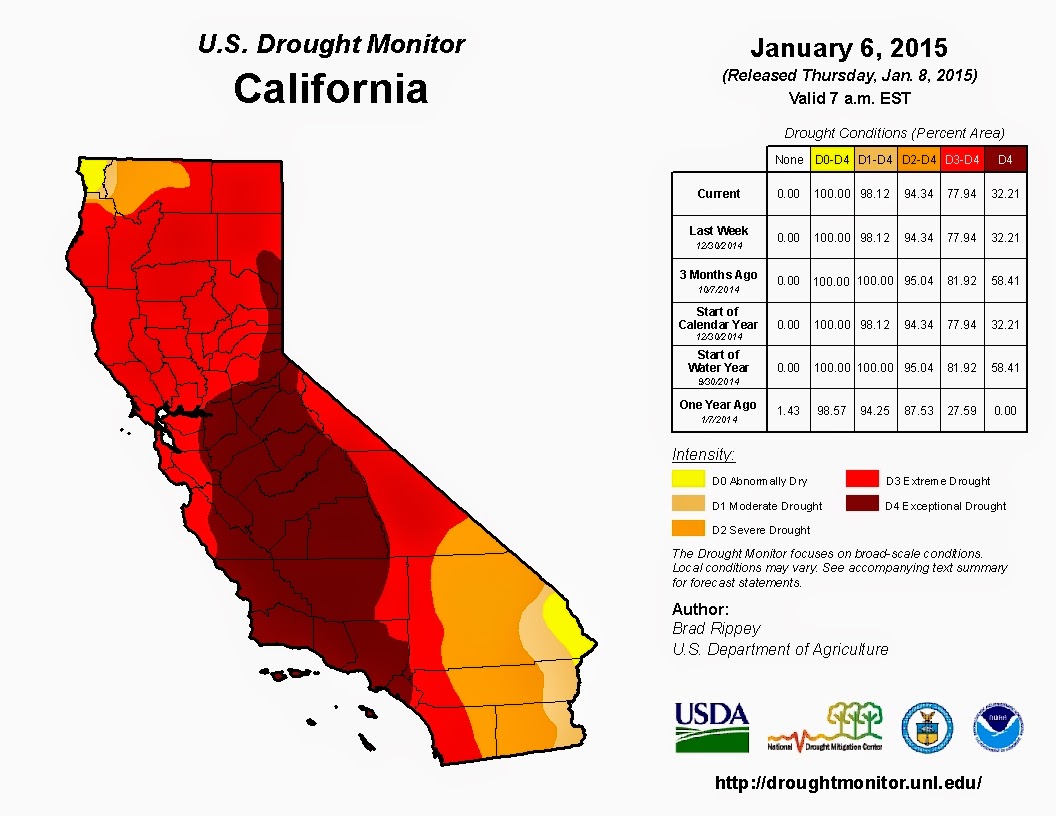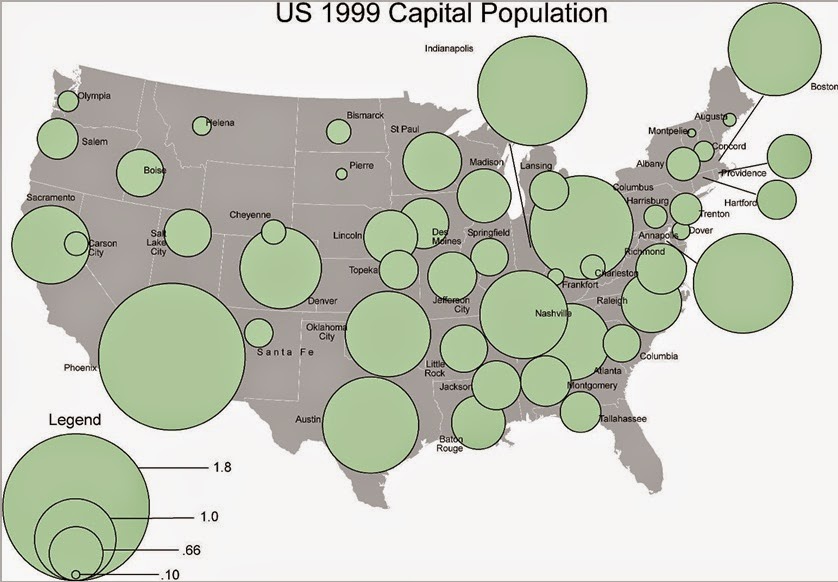This week lab focused on incorporating Gestalt principles
in cartographic design. Employing these principles aids in conveying a visual
representation of the intellectual hierarchy of a map. To that end I
graphically emphasized thematic symbols while deemphasizing less important information. I tried to create contrast, a sense of balance, and an effective figure-ground relationship.
I created my map in ArcMap using the in-program design tools. I practiced using
the clipping tool and generating a new layer (using select data from a larger
data set). I also explored the sizing of thematic elements by way of a data
layer’s symbology properties. I also toyed with typography and some of the more
advanced (that is, not default) settings like splined text. I also had to move
the various layers around to make sure they displayed properly. Of all of the
design elements, I feel I spent the most time on color. I went through several
iterations of color choice until I landed on the soft purples.
 |
| A map of the public schools located within Ward 7 of the District of Columbia. |








